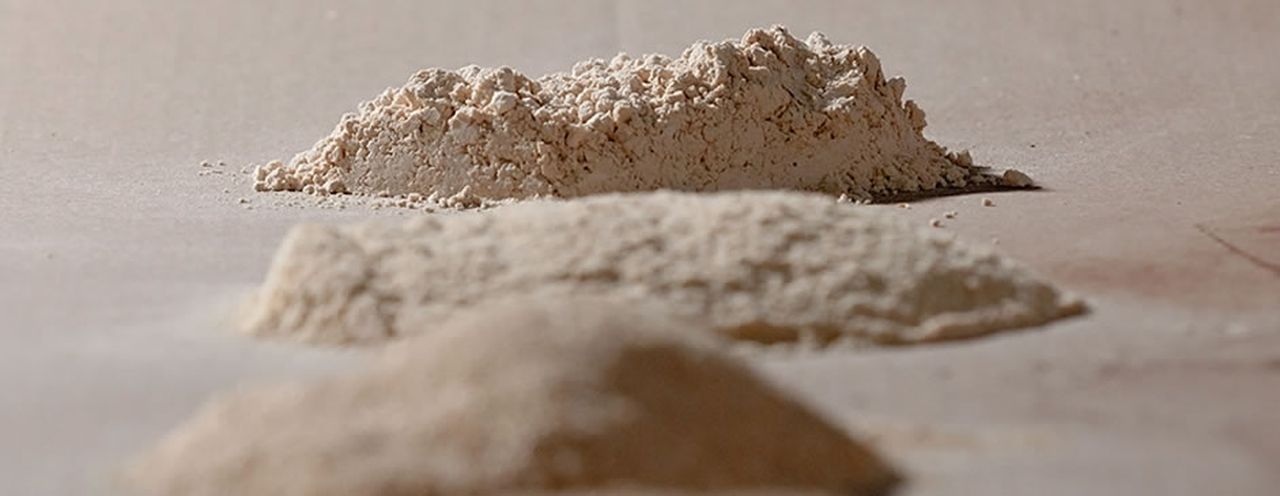
An interesting research paper proposes using 3D printed concrete molds made from PLA and wood fiber.
Concrete molds are a standard in the construction industry for creating pre-cast elements used for building. The molds are typically made from wood, which accept concrete for setting.
It turns out there are a number of issues with the wood molds. First, they don’t seem to last very long: they can be reused only 10-12 times before they have to be repaired or replaced.
The second and perhaps bigger issue is that their creation requires skilled woodworkers to laboriously build the formworks. This is not only expensive, but takes considerable time. Even worse, the number of workers that can make formworks is declining.
One answer is to 3D print the molds, and this has been done previously many times. It’s been found that 3D printed molds, which don’t require formwork specialists, can withstand as high as 200 uses, far more than wood equivalents. However, there are issues with that approach. One is that the molds are not necessarily sustainable.
The new research investigates the possibility of using a composite material of common PLA, a bio-sourced polymer, with wood flour.
Their investigation revealed that the composite material not only provided more than sufficient strength for use in casting concrete, but also provided a new benefit: recycling.
PLA is a thermoplastic, quite different from the typical thermosets used in prior 3D printed molds. A thermoplastic can be heated and reformed: that’s what’s happening in your FFF 3D printer every day.
Here the idea would be to take worn-out or completed molds and chop them up into small segments. These can then be run through an extruder to create fresh material for new molds.
Even better, PLA and wood flour are both bio-sourced, and thus take a little bit of CO2 out of the atmosphere and store it in their structure.
Finally, the researchers found that the cost of such a composite material would be quite inexpensive: PLA is readily available and wood flour is essentially a waste product that is easily sourced at low cost. The researchers say this approach is clearly lower cost than traditional wood molds.
It may be that we see a shift towards 3D printed concrete molds in the near future.
Via Science Direct
